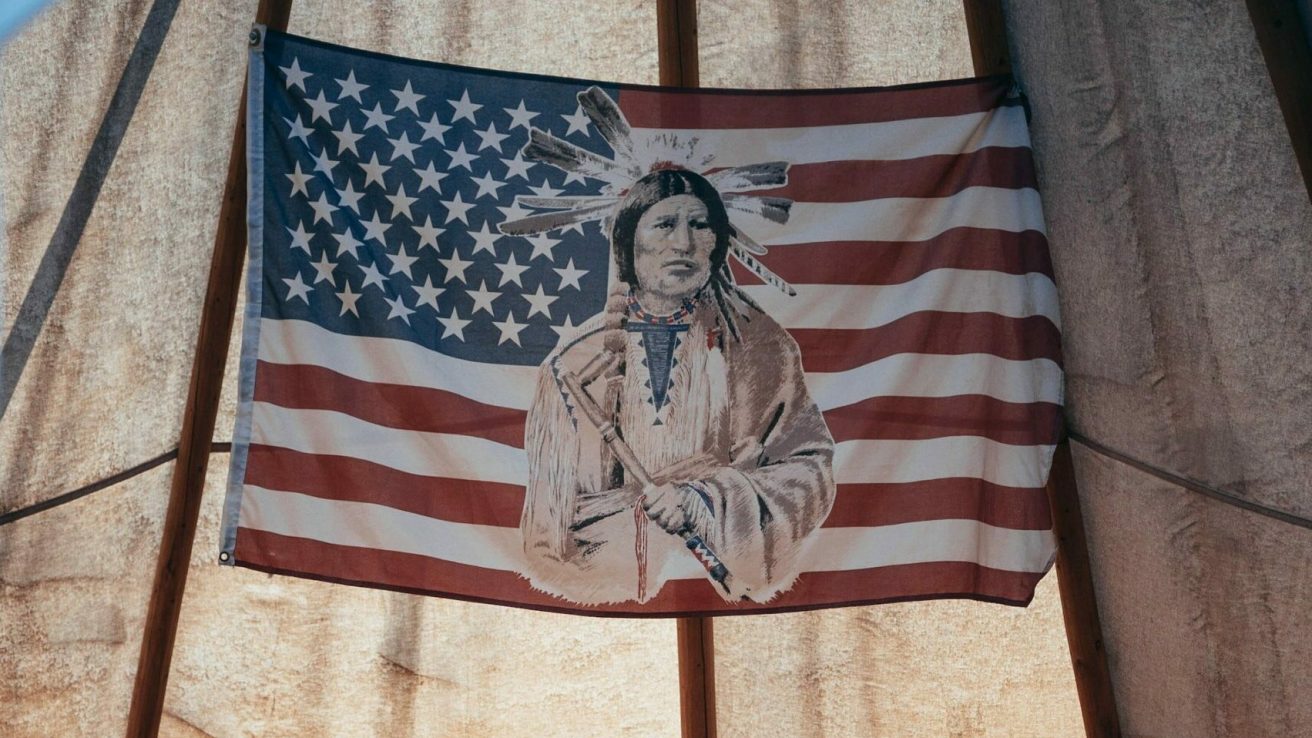Cancer incidence and mortality vary significantly between White and American Indian and Alaskan Native populations, and this disparity further varies geographically throughout the continent. A recent study provides a statistical analysis of these disparities.
Despite the large amount of cultural and geographic diversity among American Indian and Alaskan Native (AIAN) individuals, many of these groups share a high prevalence of chronic illness. Although the causes of this prevalence vary, many can be attributed to a lack of access to high-quality healthcare. About two-thirds of AIAN individuals live in tribal areas or in areas immediately surrounding these areas and are primarily located in the rural west. They are twice as likely to live in poverty as White individuals, regardless of location. Fifty-four percent of AIAN individuals live in rural areas or rural towns that are far from cities, in contrast to 26% of non-Hispanic White individuals.
This study, published in CA: A Cancer Journal for Clinicians, provides a comparison of cancer incidence and mortality among AIAN individuals compared with non-Hispanic White individuals.
Comparing Incidence and Mortality Disparities Among AIAN Individuals
Data for this study were gathered from the Centers for Disease Control and Prevention’s National Program of Cancer Registries and from the National Cancer Institute’s Surveillance, Epidemiology, and End Results program. Data were gathered for the four most common cancer sites: female breast, colorectum, lung, and prostate. The literature also shows higher rates of liver, kidney, pancreas, stomach, and uterine cervix cancer among AIAN individuals compared to White individuals.
Incidence disparities varied geographically, which may in part be due to the geographic differences in the prevalence of risk factors as well as different screening rates in the AIAN population. For example, AIAN men exhibited lower overall prostate cancer incidence compared to White men, but the rates in the Northern and Southern Plains were 12% and 34% higher, respectively, than those of White men. Lung cancer incidence also varied dramatically, from 64% lower in AIAN individuals than White individuals in the Southwest to 80% higher in AIAN individuals than White individuals in the Northern Plains.
Mortality statistics for this population are complex to quantify because there is a high prevalence of misclassification of AIAN individuals on death certificates. For this reason, this study adjusted standard mortality data based on classification ratios developed by the National Center for Health Statistics. Cancer mortality among AIAN individuals was found to be much higher than among White individuals for all cancer sites, both combined and individually. The biggest disparities were in stomach, liver, kidney, and uterine cervix cancers. Cancer mortality has been declining since 1997 in AIAN men, but only since 2006 for AIAN women. Although mortality decreased in most cancer sites (while remaining disparate), it increased by 2% per year for liver cancer and by 0.9% per year for pancreatic cancer between 1997 and 2019.
Mitigating Cancer Disparities Requires Multifaceted Solutions
Although disparities between AIAN and White populations have been decreasing, they remain persistent and significant. Mitigating this problem will likely require collaboration with leaders in these population groups as well as financial support for tribal health care systems so that they can better serve the unique needs of each geographic population group.
Source:
Kratzer, T., Jemal, A., Miller, K. A., Nash, S., Wiggins, C., Redwood, D., Smith, R., & Siegel, R. L. (2022). Cancer statistics for American Indian and Alaska Native individuals, 2022: Including increasing disparities in early onset colorectal cancer. CA: A Cancer Journal for Clinicians, 73(2), 120–146. https://doi.org/10.3322/caac.21757






